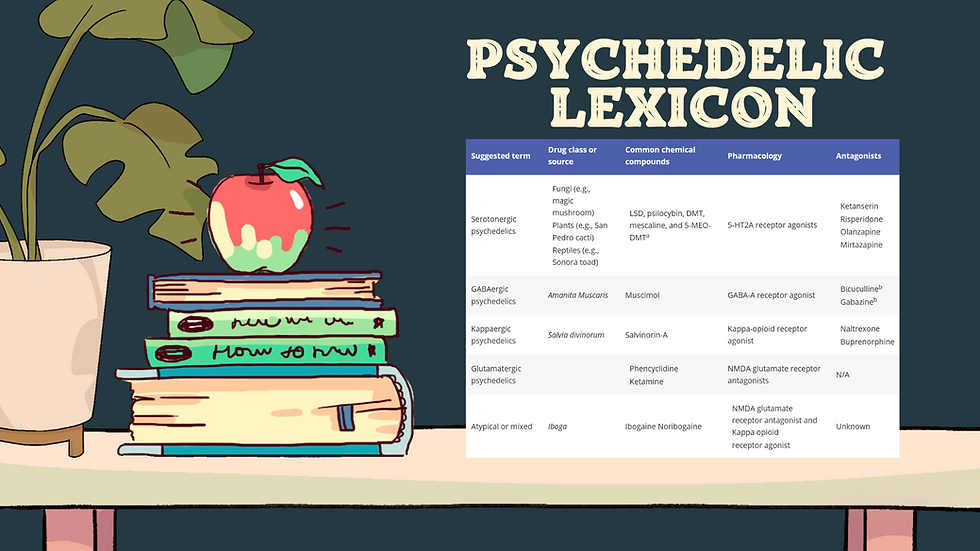Percentages of problem drug use and their implications for policy making: A review of the literature
- Anne Katrin Schlag
- Mar 30, 2020
- 2 min read
Updated: Apr 4, 2024

Authors:
Anne Katrin Schlag
Published:
March 30, 2020
This paper reviews the literature on problem drug use, aiming to answer the question ‘what percentages of drug users are problem drug users?’ We look at the conceptualisation of problem drug use, and related concepts such as addiction and dependence. While conceptually distinct, definitions vary, and terms are often utilised interchangeably in the literature. Because of the heightened controversy and recurring moral panics (often without factual basis) related to illicit drugs as compared to the licit drugs, we focus primarily on the use of the former. We summarise previous research findings on percentages of problem drug user in general as well as for the most commonly used illicit substances more specifically. Results show that the majority of drug use is episodic, transient and generally non-problematic. The majority of people who have used various drugs in their lifetime have not done so in the past year. Only a minority become problem drug users. Appreciating the limitations of current research, further research avenues are outlined and implications for policy making are provided. If most drug use is indeed non-problematic it implies the need for policy changes with a heightened focus on the development of improved risk communications and other harm reduction strategies. There is a need to move away from the narrative of ‘the problem drug user’ which is in many ways still prevalent in informing policy making. Incorrect perceptions of drugs and people who use drugs should be countered by providing evidence-based, transparent and easily accessible information. This is essential to change public attitudes towards and remove stigma of people who use drugs.
This research was published in the Drug Science, Policy and Law Journal the definitive source of evidence-based information and comment for academics, scientists, policymakers, frontline workers and the general public on drugs and related issues
For open-access to the full report of this research, see below:




